The US Virgin Islands is quickly approaching what is traditionally considered the beginning of our busy season. This year, however, has been a strange one due to periodic island closures. From the traffic on island recently, it seems that many guests rescheduled their spring and summer plans to instead arrive on island in October and November.
Planes full of excited passengers have been arriving at our airports since the territory re-opened in mid-September. And while our government has now made COVID testing mandatory for all guests and residents ages five and over before entering the USVI (or quarantine), the question on everyone’s mind is whether flying these days is really all that safe. So what are the experts saying?
Last month, Harvard’s T.H. Chan School of Public Health released the results of a study that used computer models to test the airflow in airplane cabins. They found that the onboard ventilator systems filter out 99% of airborne viruses, including Covid-19.
The researchers also found that virus droplets from one passenger aren’t likely to infect another passenger because of the downward direction of airflow. “This ventilation effectively counters the proximity travelers are subject to during their flight,” said the report.
So if the system is effective at filtering the air from viruses, why do we need to wear a mask on the plane? According to the researchers, as well as another study by the Defense Department, a layered-approach to preventing transmission of the virus is the most effective way to prevent the spread. While not a perfect system, wearing a mask combined with a filtered environment, such as on a plane, puts contracting the risk of the virus below other every-day activities such as grocery shopping or dining out at a restaurant.
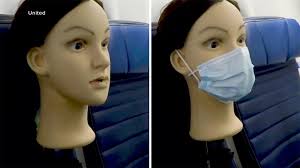
You’ve undoubtedly read stories about passengers contracting the virus while flying. Researchers caution that when one exposes themselves to multiple opportunities to contract the virus, such as multi-leg flights and overnight transfers, the risk increases. Therefore, it would be wise to book a direct flight when possible.
Harvard’s researchers also recommend that passengers avoid removing their mask at any time during the flight, including to eat or drink. So save your appetite and thirst for our beach-front Wharfside Village restaurants and bars when you step off the ferry on St. John!
Since the research didn’t extend to testing the likelihood of contracting the virus from surfaces via non-aerosol methods, it’s probably best to stay out of the restroom on the plane if possible, and to be sure to pack hand sanitizer to use frequently during the flight.
The question the critical thinker in me asked after reading the report is, ‘Who funded the study?’ Not surprisingly, it was funded by airlines, airports, and airplane manufacturers, as they have the biggest stake in the results. However, when taking all the facts together, one can’t ignore that St. John currently only has one positive case, and our Covid positivity rate in the USVI has remained under 4% for the past six weeks since re-opening our doors to guests flying in from all over the world.
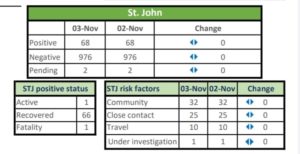
While testing has undoubtedly had an impressive impact on keeping our numbers low, it’s not a perfect system. Concerned residents argue that a passenger could test negative five days prior to travel, contract the virus before arriving in our territory, and infect the entire plane of arriving guests. We will have to wait and see if the positivity rate continues to support that hypothesis over time. In the meantime, I take some comfort knowing that the majority of the arrivals in the USVI will be in receipt of a negative COVID-19 result.




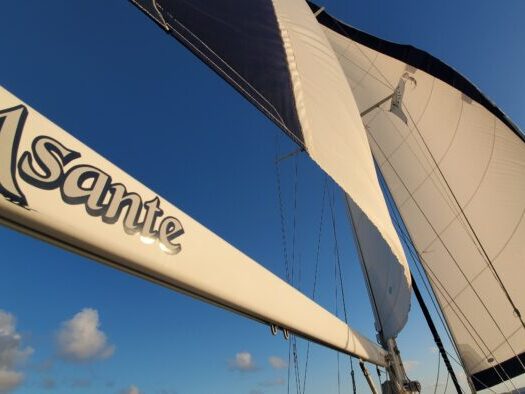
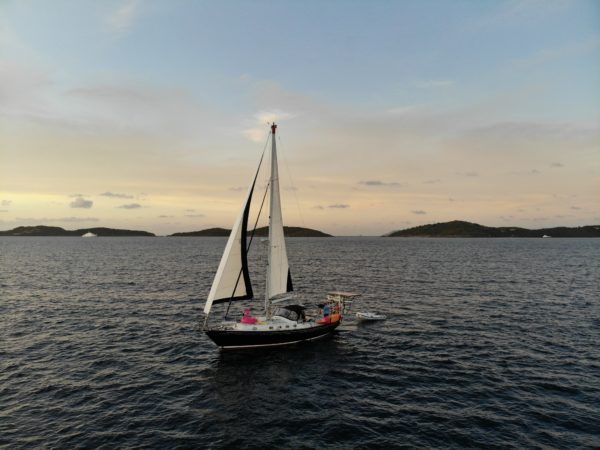
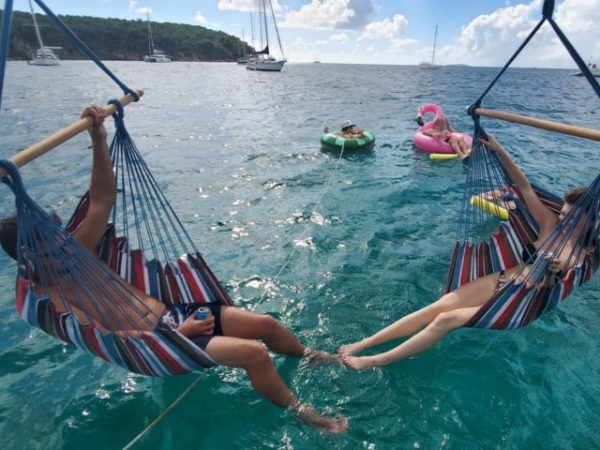
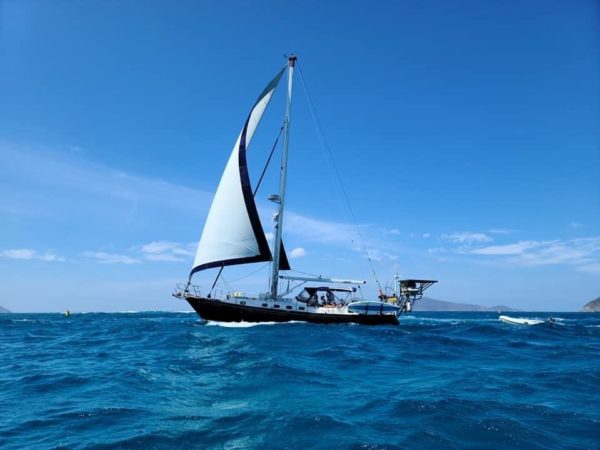
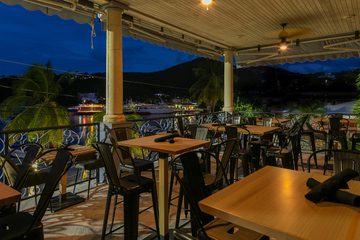

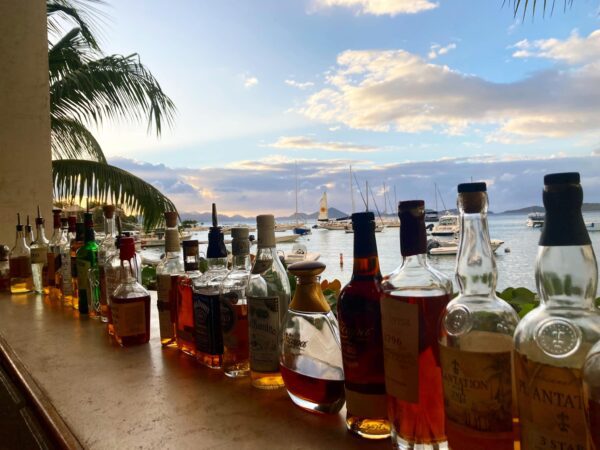
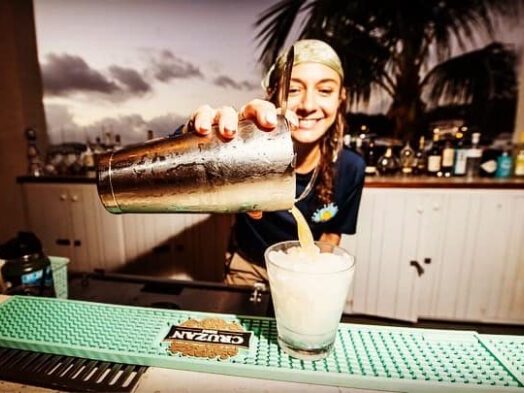
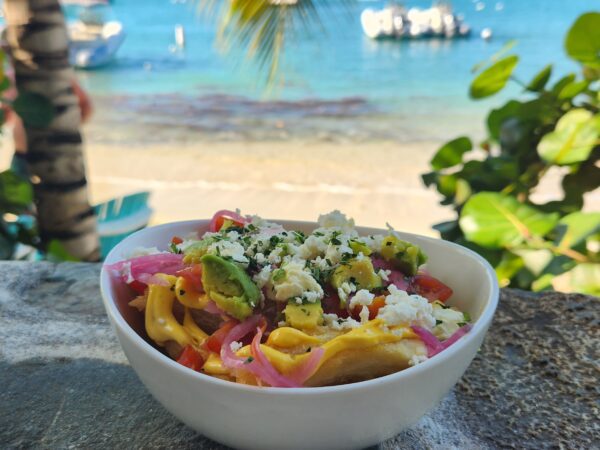

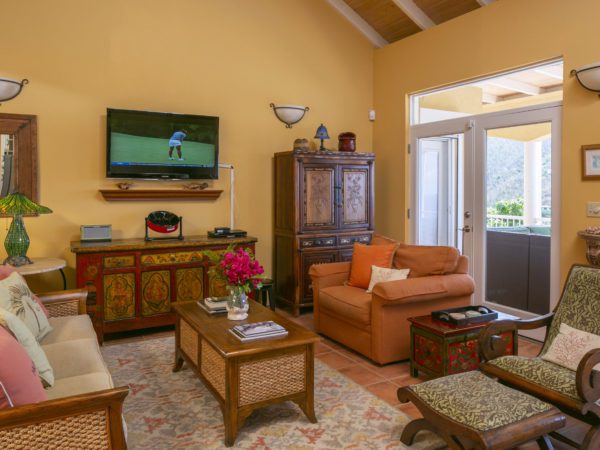

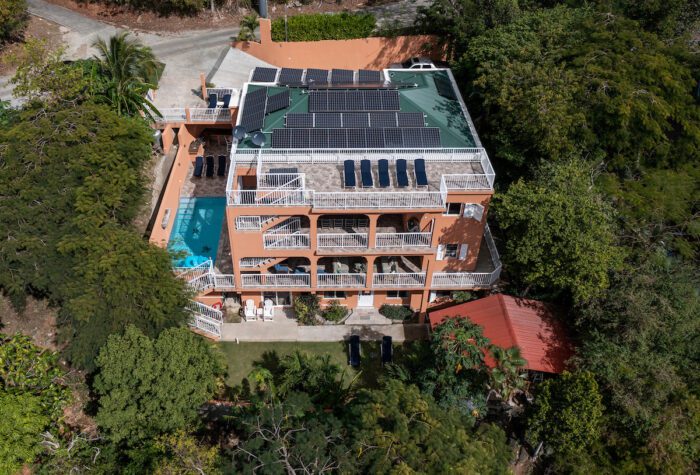





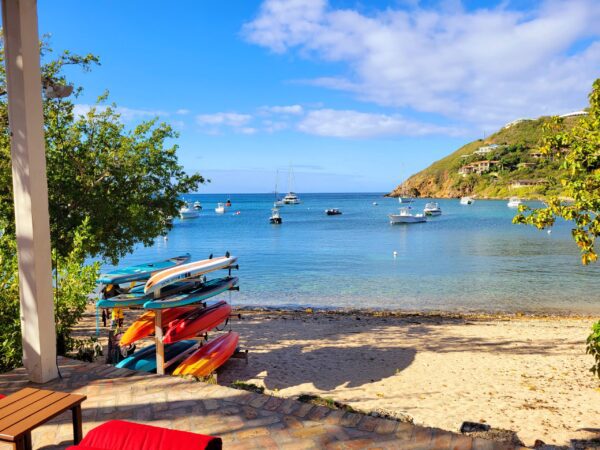
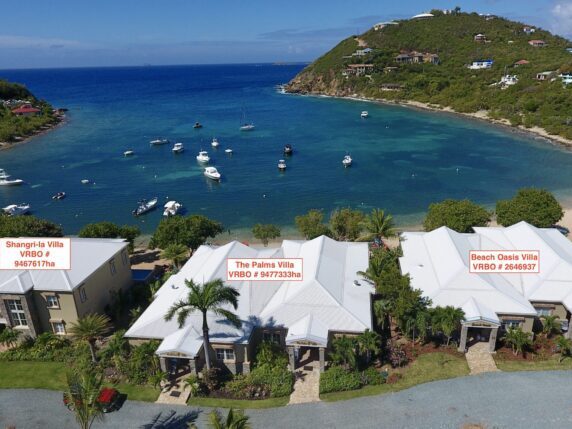
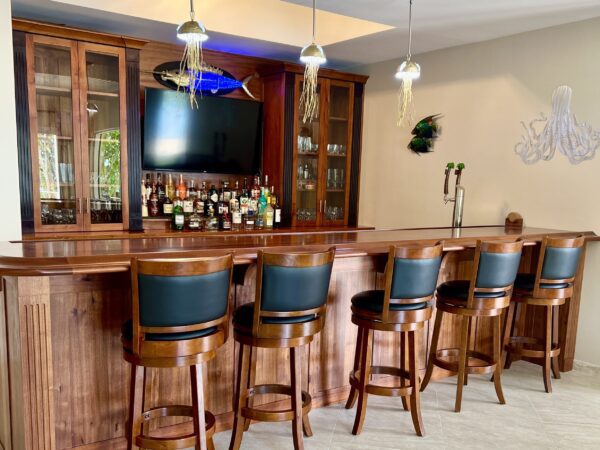
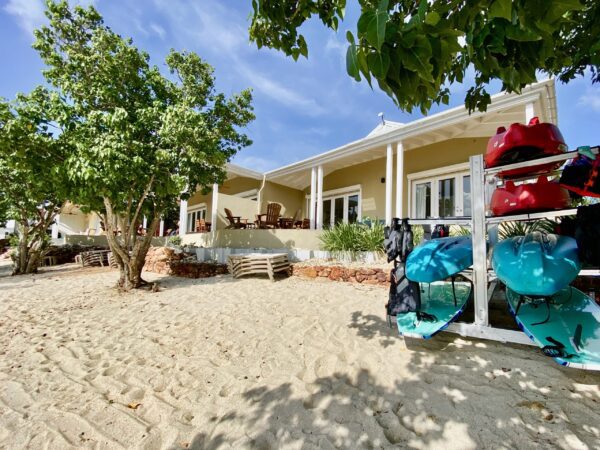
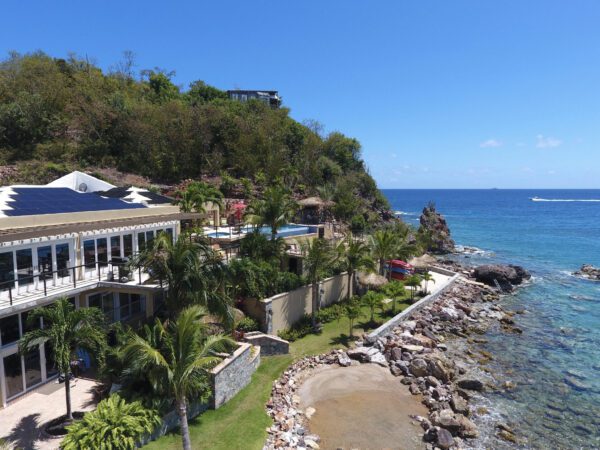
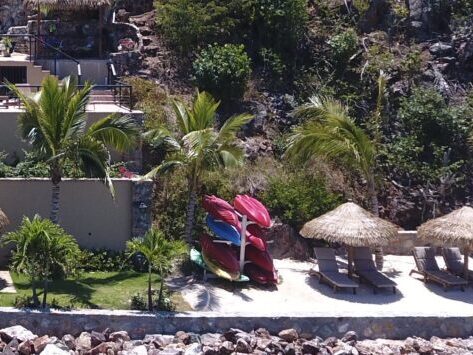
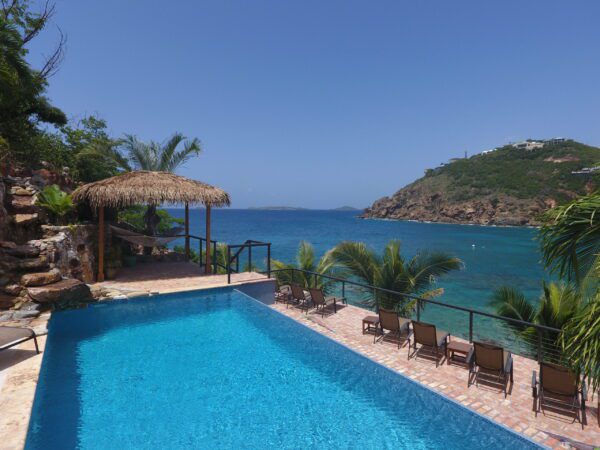
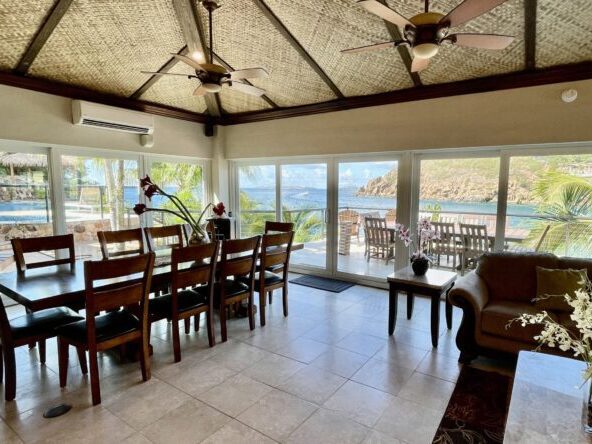
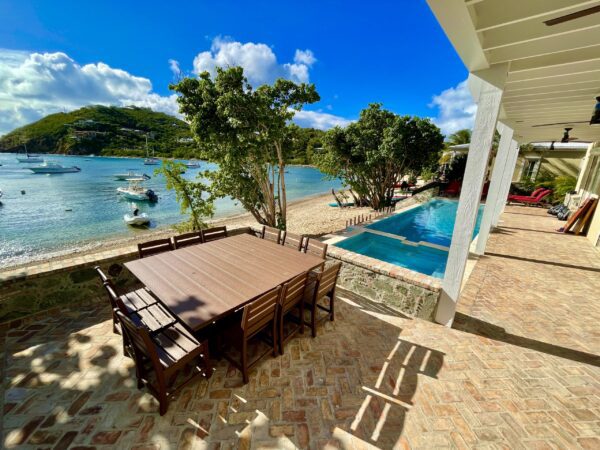
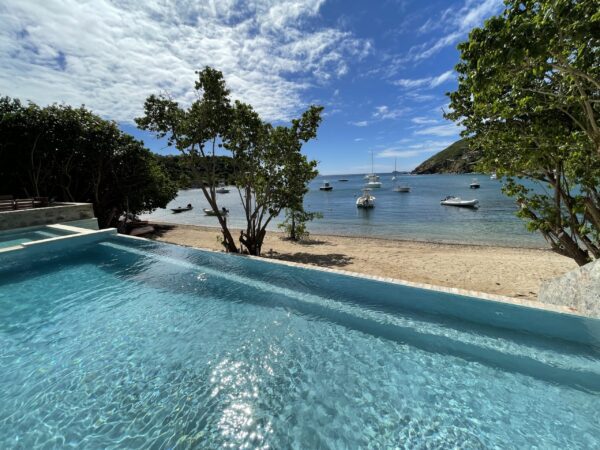






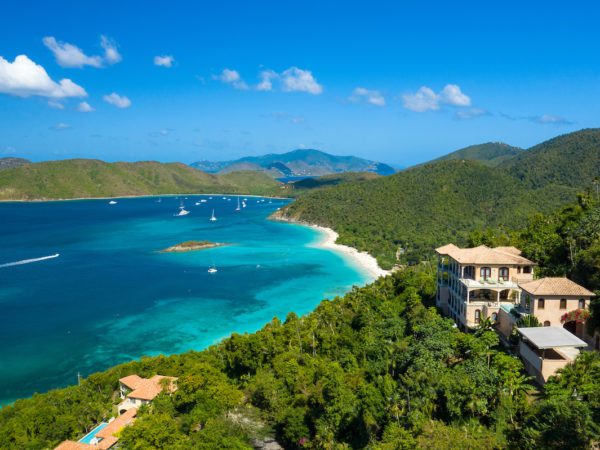

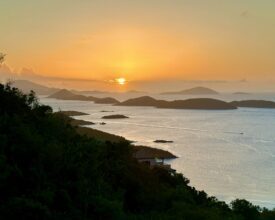



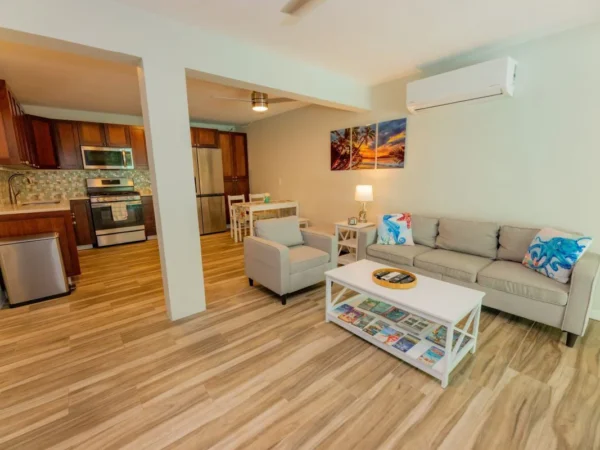
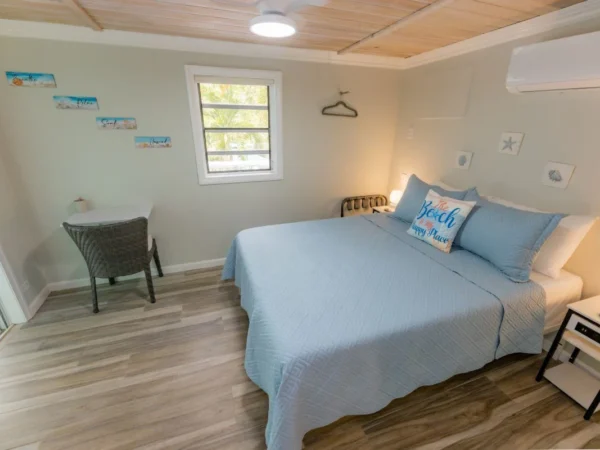










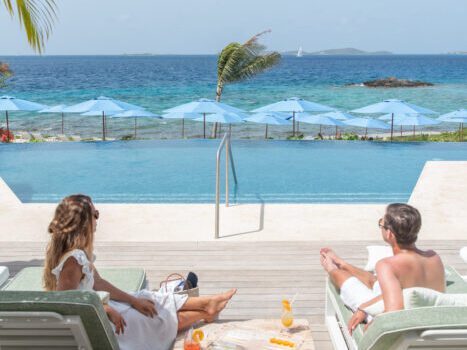
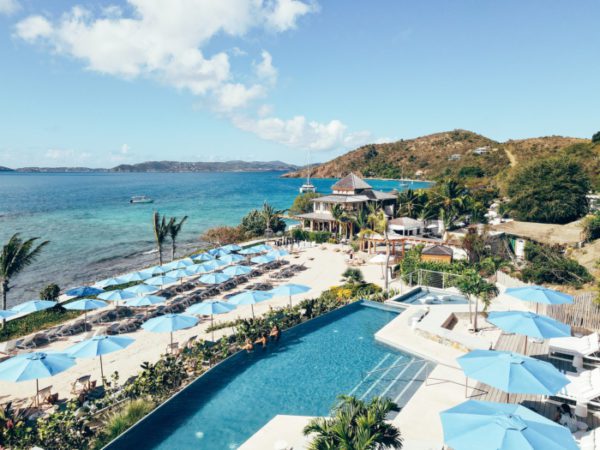

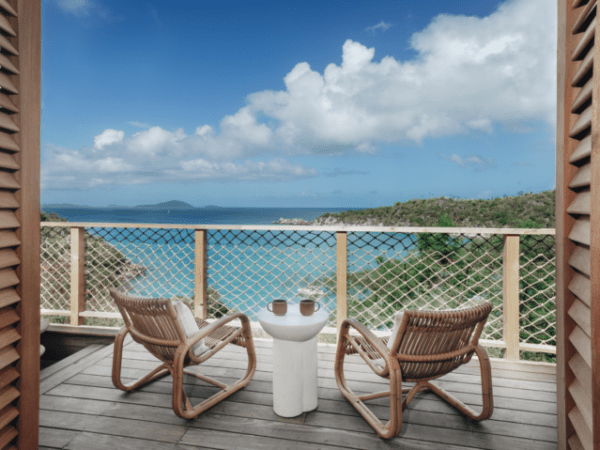
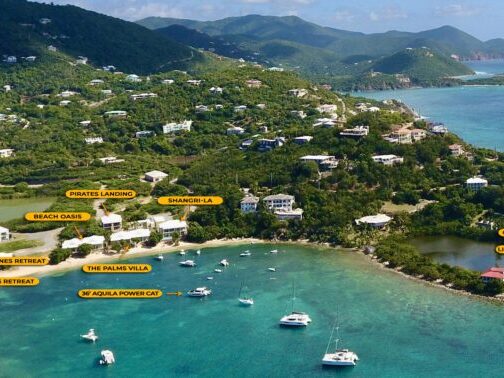
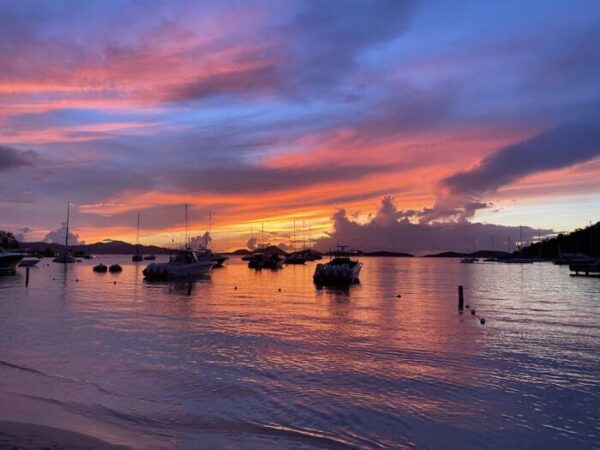
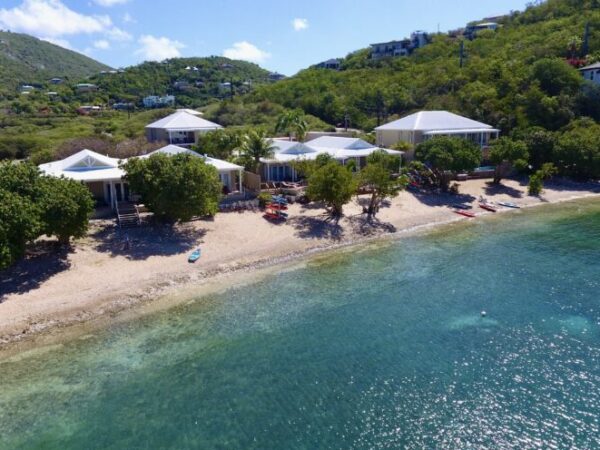
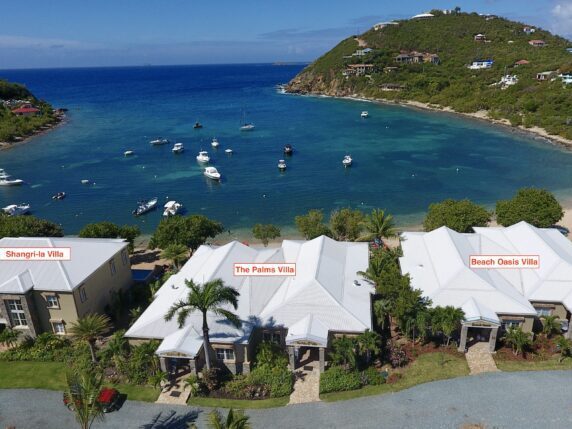
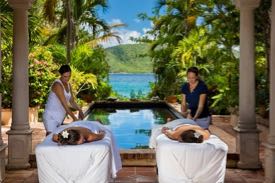
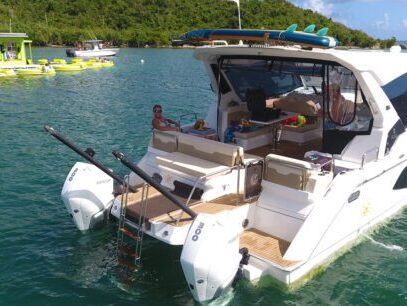
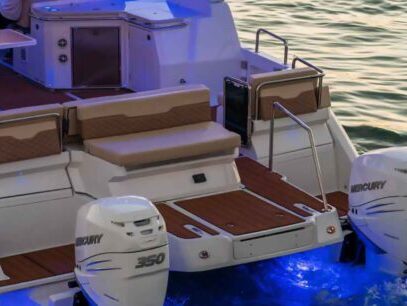
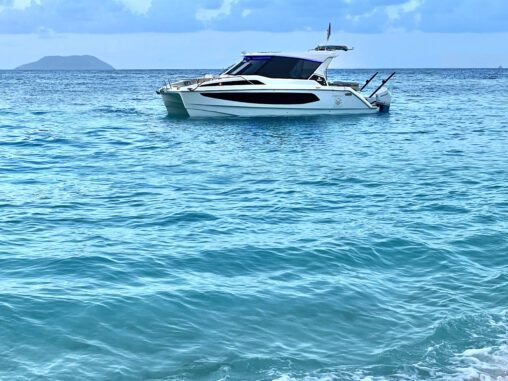



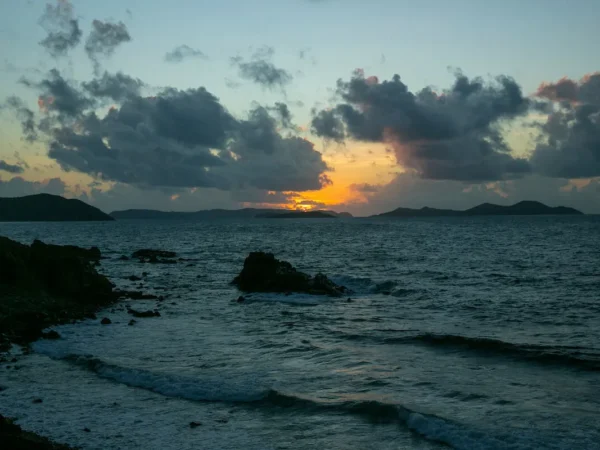

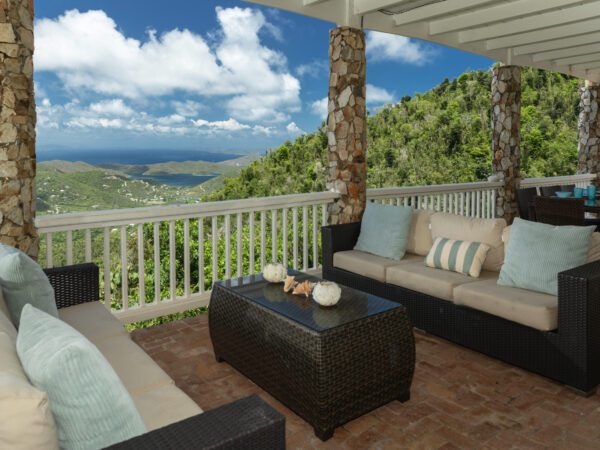
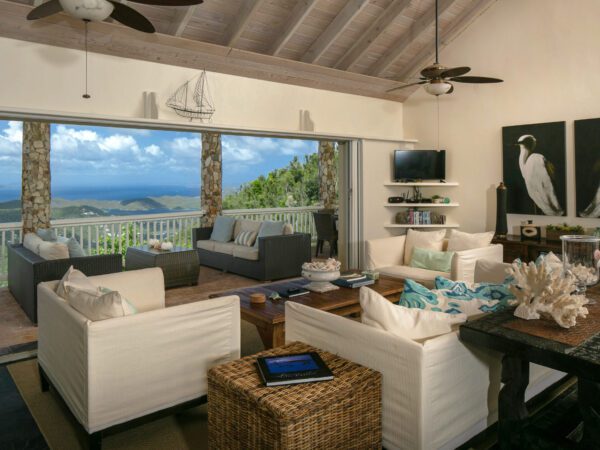

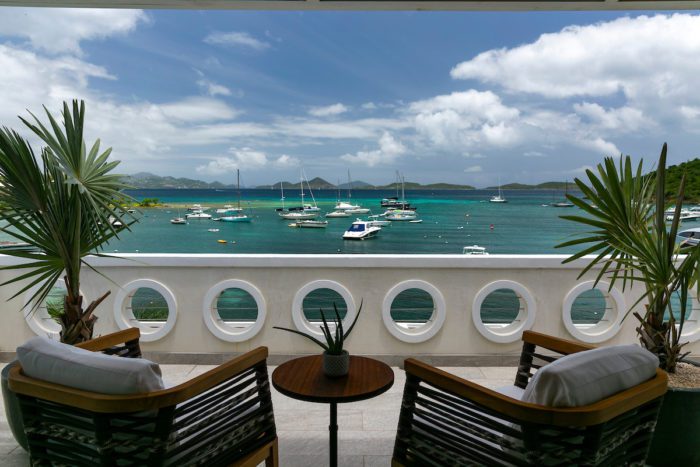


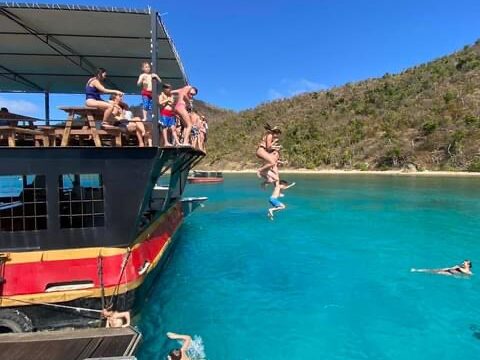
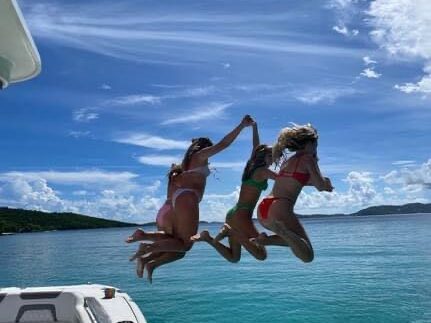
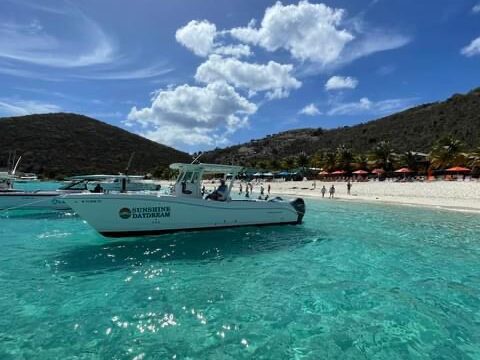
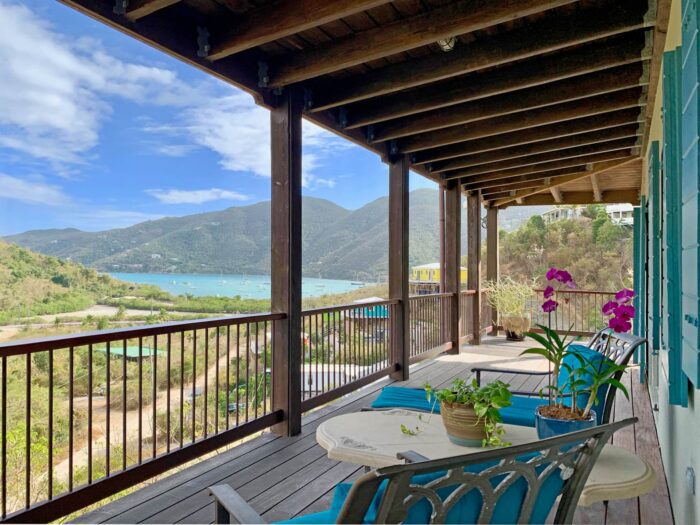

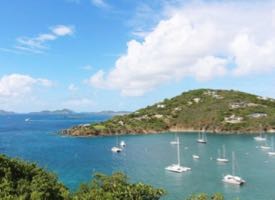
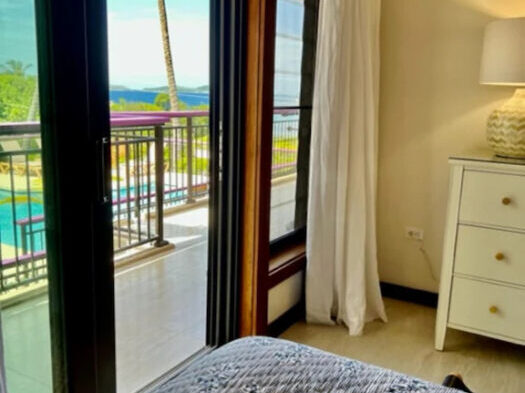
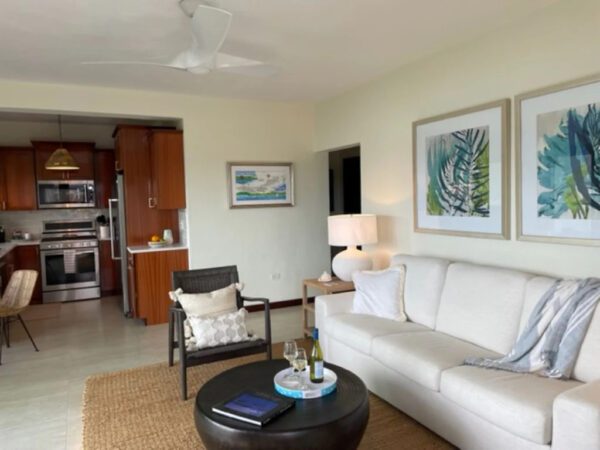

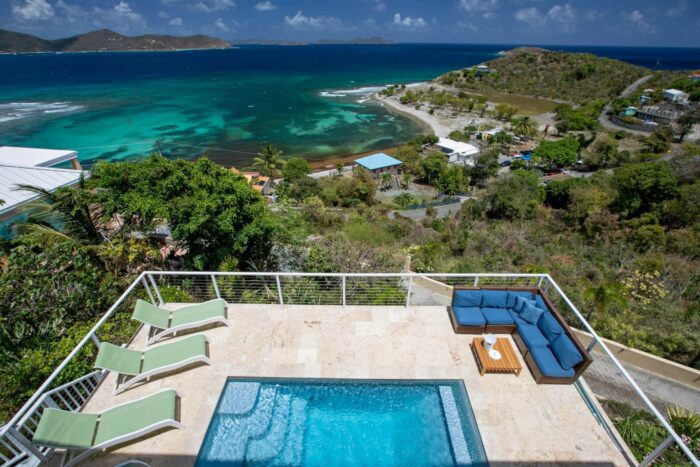
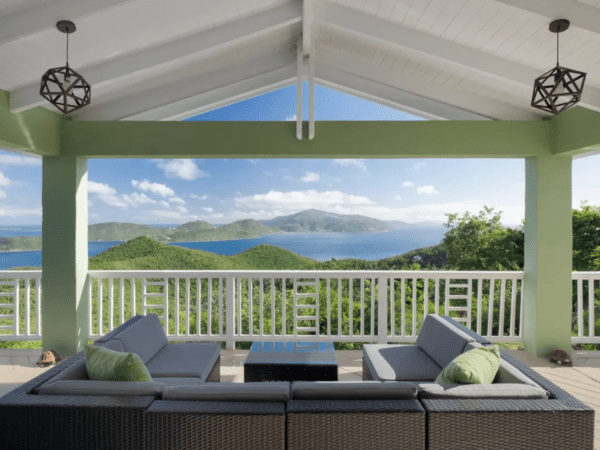
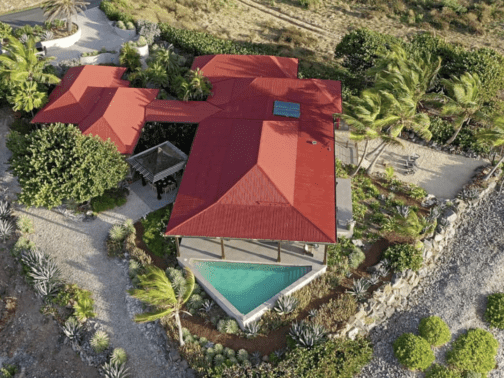
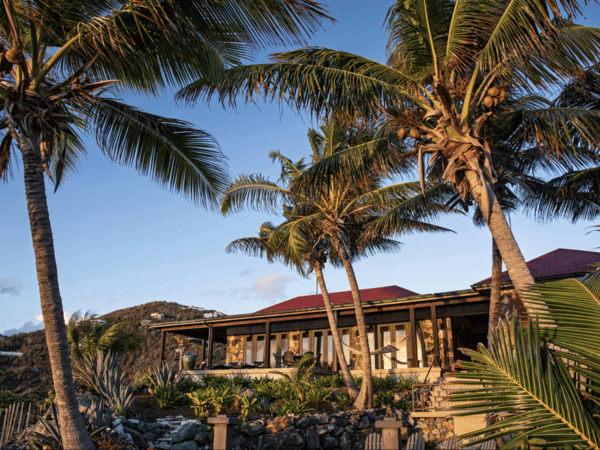

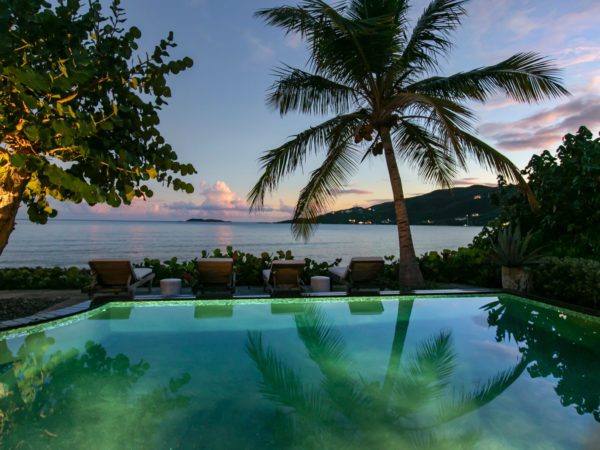
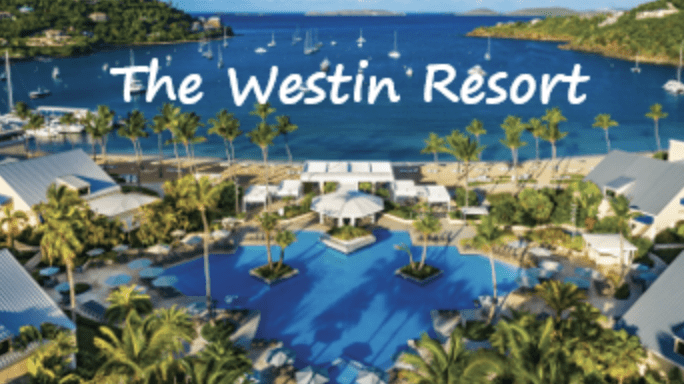

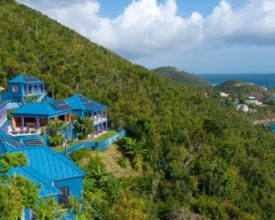


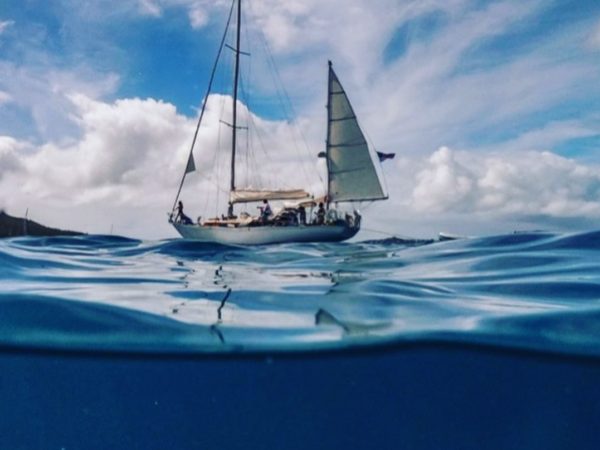
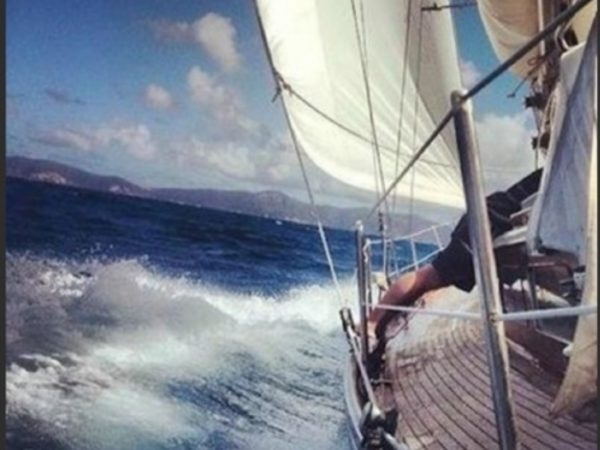
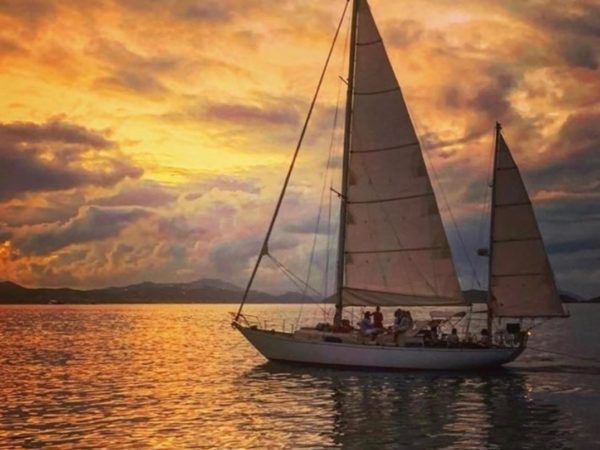

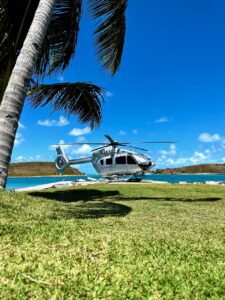



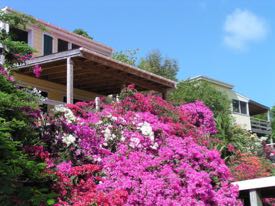

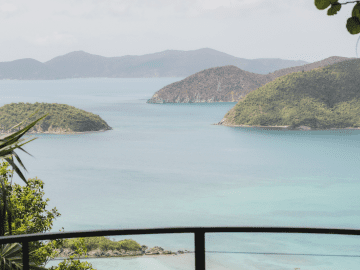

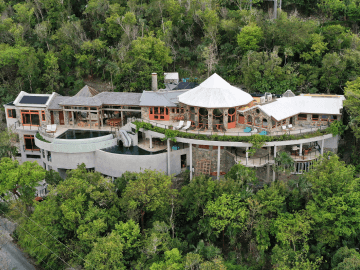




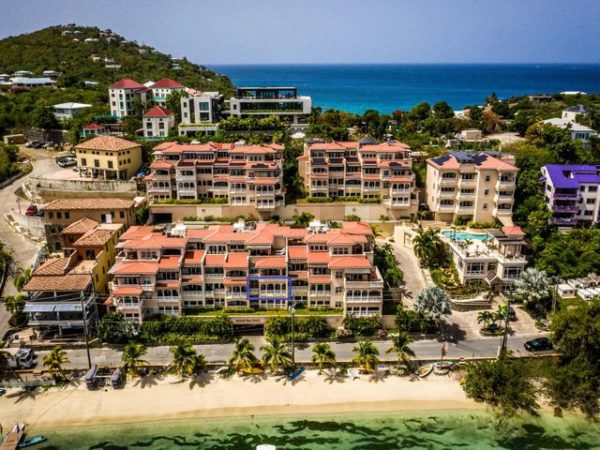
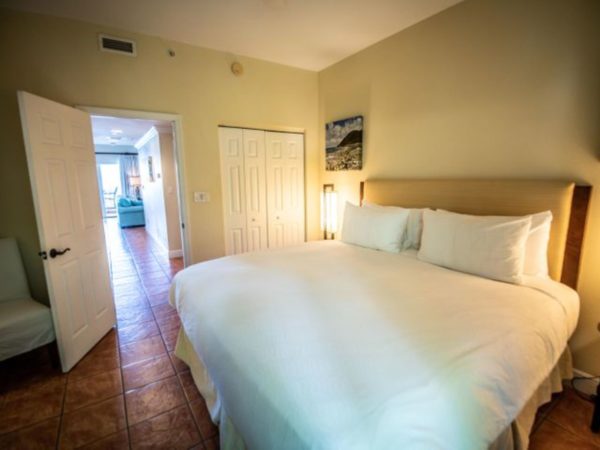

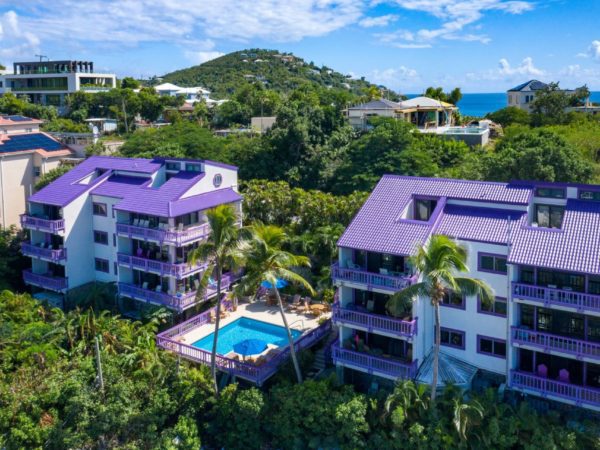
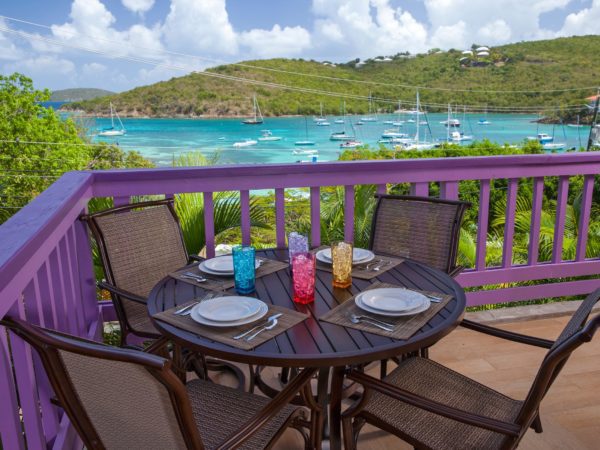
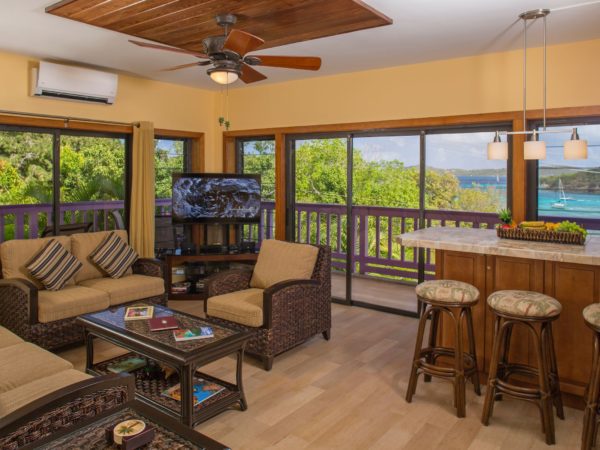
Quick question – how busy is the island, for the season, relative to last year? Will be down mid December and can’t wait (fingers crossed)!…. Wondering if Trunk Bay might be a little less crowded?
Thanks!
This is good news for the flight component of the trip, but any recommendations on traveling from airport to Red Hook? I usually take the van that packs in tons of people, but are they offering more individual cabs @ airport now? I’ve got 4 in my party, so hoping cost is about the same to take car/taxi. Thanks!
What would really be helpful is to know what is acceptable for COVIS-19 test results. We are arriving Monday.
The results we have are online. Is a printed copy of the that online page results adequate?
Thanks
Steve